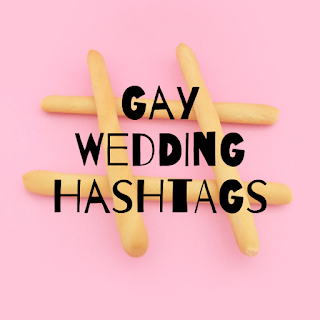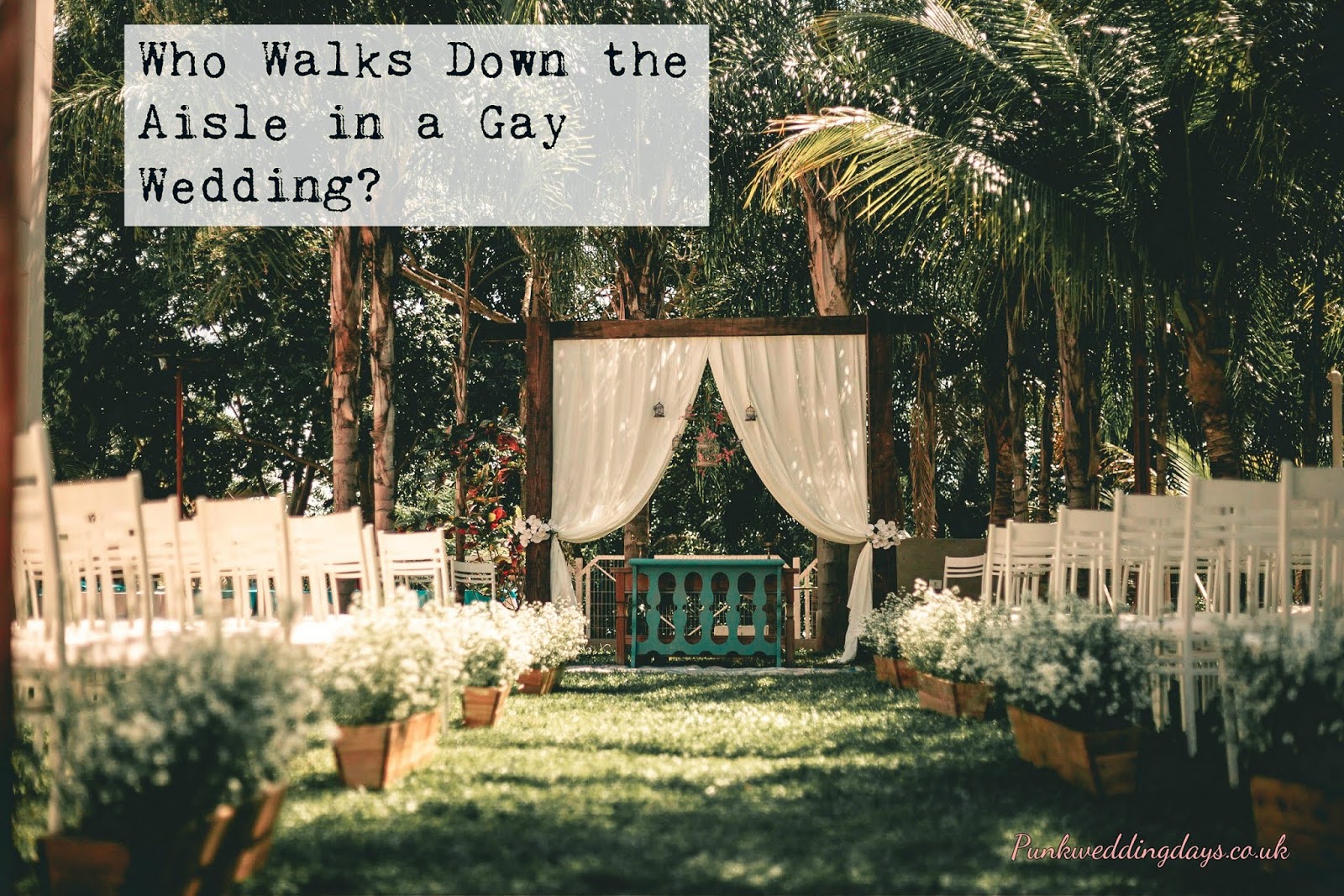Same-Sex Couples Reveal Engagement Ring Preferences

In the past, we've concentrated on what happens after a proposal: the wedding planning; the ceremony and the honeymoon, but the engagement period can be just as exciting. It's a time of transition from being a couple to becoming a married couple.
And it's an rock-solid, unquestioningly legitimate excuse for a party, too.
Fortunately, same-sex couples can break with the traditions that have constrained opposite-sex couples. There is nothing wrong with having a traditional wedding, but some of the 'accepted' norms are outdated, outmoded and, in some cases, particularly unsavory for the modern woman. Fortunately, we're moving away from attitudes insisting men shouldn't have engagement rings; that brides should always wear white; that there has to be a best man or that a bride can't invite a male friend to walk behind her during her entrance. Today, new traditions are emerging and there's now far greater emphasis on what makes you happy rather that what Great-Grandma Ethel did when she got married in 1919.
Recently, DeJoria conducted a survey that examined (in part) the preference same-sex couples have for engagement rings, and we think their results make for a pretty interesting read. If you'd like to know more about the survey, then you can find it on their website here. You can also follow them on Facebook and Twitter, too.
Here's the article, thanks to Dejoria for sending it :)
Same-Sex Couples Reveal Engagement Ring Preferences
Staffordshire, UK (27 August 2014) - A survey of same-sex couples has revealed the generational differences in attitudes to engagement rings.
Engagement rings are traditionally given by the male to the female in heterosexual relationships. However, with the 'man-gagement' ring growing in popularity after Hollywood legend Johnny Depp recently showed one off, it is clear that there are no set rules.
Now a survey has revealed the attitudes of same-sex couples towards engagement rings, and it has found that opinions differ according to age and gender.
DeJoria set out to discover the views of people in same-sex relationships by asking a simple question: who, if either partner, should receive and wear the engagement ring?
Of the 1761 respondents to the survey, 402 people described themselves as gay or preferred not to disclose details of their sexuality. Of these it turned out that those aged 65 and over were less likely to involve a ring in the engagement, with 70% responding that neither partner should wear one. This compared to just 22.2% of the 35-44 age group who were of the same opinion.
Younger respondents also tended to be more traditional, with 26.2% claiming that the person being proposed to should receive and wear a ring. This figure went down as the respondents became older.
Overall, engagement rings were popular in same-sex relationships. 62.9% of respondents said that either one or both members of the couple should wear a ring. Women were more likely to want to involve an engagement ring, and 46.8% of women replied that rings should be worn by both partners compared to 42.3% of men.
Only 30.7% of women said that neither should wear one, compared to 43.7% of men.
Richard Preece, Managing Director of DeJoria, said: "There are no set rules when it comes to engagement rings, as shown by the new man-gagement ring trend. However, it is clear that engagement rings play an important role in engagements for both heterosexual and same-sex couples, and people can simply choose their own rules about who wears the ring or rings."
More details about the survey can be found on DeJoria's website at http://www.dejoria.co.uk/engagement-rings-who-wears-what








